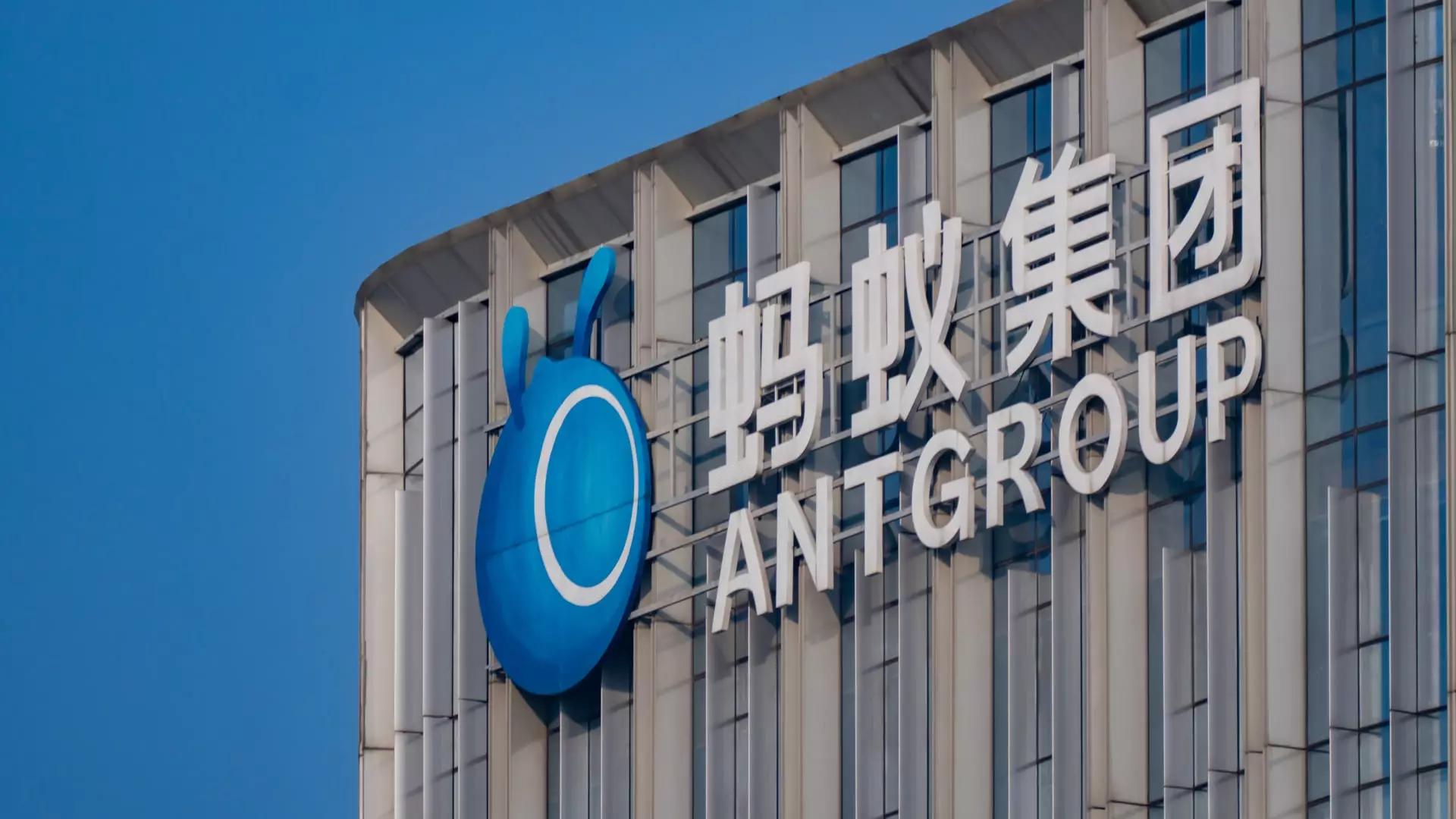In an era dominated by fierce competition in artificial intelligence (AI) and advanced computing, Ant Group’s strategic choice to diversify its semiconductor sourcing raises pertinent concerns. While utilizing both Chinese and U.S.-made chips might appear to bolster resilience and efficiency, this dual supply chain may also create an unstable foundation. Ant’s approach of employing various hardware providers, including those from domestic giants like Huawei and global players like AMD, suggests a potential strategic improvisation rather than a robust long-term plan. The risks inherent in leaning towards multiple suppliers highlight a worrying trend; one that might jeopardize operational integrity in the face of regulatory pressures and geopolitical tensions.
The Illusion of Cost Efficiency
Ant Group’s recent announcement boasting a 20% reduction in computing costs through lower-cost hardware utilization can easily be misconstrued as a triumph. However, this figure warrants scrutiny. Reductions of this nature often come at a hidden cost that could entail sacrificing model efficiency and performance—an ugly truth in the world of AI training. Their adoption of the mixture of experts (MoE) technique, while appearing technologically progressive, may also be a thinly veiled attempt to mask serious limitations inherent in their models. The promise of effective AI applications, particularly in vital sectors like healthcare, could turn into a double-edged sword if the algorithms managing patient care aren’t built on solid, reliable foundations.
Disruption in the Healthcare Sector
Ant Group is aggressively expanding its AI applications within the healthcare sector. Utilizing models like DeepSeek and Alibaba’s Qwen, Ant asserts its tools can enhance medical services and indeed aid hospitals across major cities in China. Yet, despite the laudable goal of improving patient outcomes, one cannot overlook the ethical responsibilities that accompany such innovation. Implementing AI in medical environments introduces substantial risks, especially if the underlying technology is not thoroughly vetted or if it relies heavily on proprietary data. Questions about accuracy, biases in algorithm predictions, and data security loom large over this development—problems that could lead to dire consequences in real-world medical scenarios.
Geopolitical Implications and Market Pressures
The backdrop of the U.S. imposing restrictions on the availability of cutting-edge semiconductors to China cannot be overlooked in this evolving story. While Ant Group pivots to alternatives, the ongoing geopolitical chess match represents a stark reality. The limitations on accessing top-tier innovations threaten to stifle the broader technological landscape in China, compelling companies like Ant to scramble for workarounds that might not deliver the same caliber of results as their U.S. counterparts like Nvidia. This scenario does not just impact corporate strategy; it also poses a broader question about the trajectory of global innovation and collaboration in a world increasingly marked by suspicion and isolationism.
The Need for Responsible AI Innovation
At the intersection of ambition and caution lies the urgent need for responsible AI innovation. While companies like Ant Group seek to capitalize on AI’s potential, they must also prioritize ethical governance and transparency. The pursuit of cutting-edge technology must not overshadow the imperative to respect user privacy, ensure data security, and contribute positively to society. As tech giants dive headfirst into uncharted waters, society must engage in a dialogue that demands accountability and responsible stewardship over technology—a dialogue that could determine not only the future of AI but the fabric of society itself.

Leave a Reply